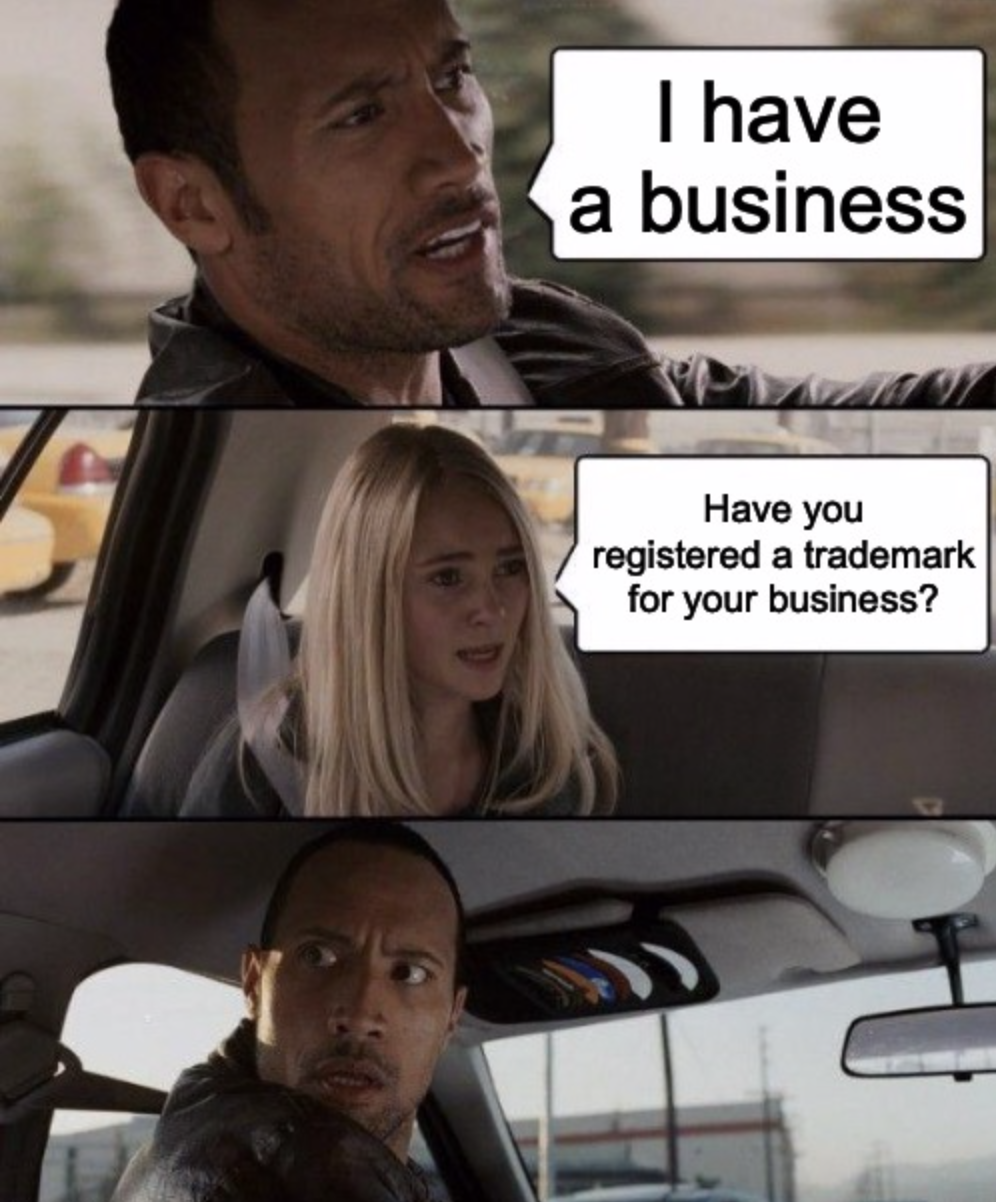How to register a company name:
Companies House, the UK’s official registrar of businesses
In this blog post, we break down the basic rules for registering a company and its name. We also give advice on how to come up with the best name.

Table of contents
- Introduction
- Choose a company name: guidelines to follow
- Business name ideas
- Decide a company address
- Choose a SIC code
- Appoint a company director(s)
- Outline a company share structure
- Choose your shareholders and any Persons of Significant Control
- Sign a statement of compliance
- Pay the company formation fee
- Trademarks
- Conclusion
Once you have established your very own business, you will want to think about naming it. You are also probably wondering how to register a company name. It is a legal requirement in the UK to register a trade name if you’re launching a private limited company, but you don’t need to register a business name if you are a sole trader.
Most companies are registered through Companies House, the UK’s official registrar of businesses. It costs £12 to register online, and you will also need to register for corporation tax. However, once you have completed all the steps correctly, it should take less than 24 hours for your company to be registered.
It may seem daunting at first, but the process can be simplified if you follow the correct procedures.
Choose a company name: guidelines to follow
First things first: you need a name. Naming a company is simple if you understand the rules and regulations, so your submission does not get rejected. Consider the following points listed below, so when naming businesses, the name you come up with is not already being used. This will also help you learn how to protect a business name in case another company tries to steal your identity.
- Make sure it is a unique name not already registered with Companies House. Their website has a free online checker, which shows you how to check the name availability of a company, and it will tell you if a business has already taken the name you had in mind.
- This also applies to similarity. Your business must not have a name similar to another, as this may lead to confusion. You can only use a similar name if the business is part of the same group as the existing company, or if you have written permission from the existing business
- Do not include sensitive words and expressions, and this includes explicit language as well
- Do not use terms that suggest an affiliation with the government without permission – an example is the word ‘accredited’
- Do not use the following terms if none of them are true about your business: Ltd, limited, limited liability partnership, LLP, plc or public limited company
- If you want to include terms in your name linked to royalty (e.g. ‘king’ or ‘queen’), you will need permission from the relevant authority (Ministry of Justice if in England or Northern Ireland, or the UK government if in Scotland or Wales)
Business name ideas
How do you come up with a good name for a company? Here are a few name ideas for a business:
- Use acronyms/initialisms: plenty of businesses use this instead of their full name, e.g. BBC instead of British Broadcasting Corporation
- Create mash-ups of words: a well-known example is Netflix (‘net’ and ‘flicks’)
- Use foreign words: using words from other languages will make your business seem more memorable to customers
- Draw inspiration from methodology and literature: Nike, one of the most famous sportswear brands, was named after a Greek goddess
- Use your name: there’s nothing wrong with this at all. Some founders named their companies after themselves (think Ben & Jerry’s)
If you are still struggling to come up with a suitable name, there are plenty of business name generators available online. All you need to do is type in a few keywords or the industry relating to your company and let the generator do its work. It will then provide you with suitable suggestions.
Decide a company address
After you’ve decided on a company name, you will need to register it to a UK postal address. It will appear on the Companies House public listing and will be where any post for your business needs to be sent. Be careful if your business is home-based. Some people may be uncomfortable registering their business name at a home address as it would be made public.
If you want to keep your home address private, you can register your company with your accountants, who will handle your company accounts and tax. There are also company formation agents who offer expert advice and assistance to register your business. They can help provide a registered office address and help with naming your company and setting up a business bank account. You can find a list of company formation agents by visiting the UK government’s website.
Choose a SIC code
You will then need to assign a standard industrial classification of economic activities (SIC) code, which explicitly states what your company does. The SIC code is five digits, representing specific industries and their classifications. For example, the number 11 at the beginning of a code would represent a beverage company. If a company has multiple specialisations, then it can have up to four SIC codes. The UK government’s website has a complete reference list of SIC codes.

Appoint a company director(s)
A director is responsible for running the company and overviewing all reports and accounts. They must be aged 16 or over, and it can either be yourself or another trusted person. You can also hire more than one if you wish.
Each company director must have two addresses: a publicly available official service address and a residential address which will not appear on public records. If you are the director and used your home address as the company address, you must supply an alternative residential address. You will also need to attach a letter of consent with your application to confirm that the person(s) has agreed to act as a director.
Sign a statement of compliance
You must comply with the rules and regulations that Companies House sets when registering a company name. You will also need to have accepted the Memorandum of Association relating to the rules of running a business. This usually involves reading through a set of terms and conditions and agreeing to them, so take extra care to understand the guidelines thoroughly before signing.
Pay the company formation fee
Once you have completed the process of registering your business, you must pay the £12 fee. However, if you choose to do the registration by post rather than online, you will pay £40 instead. This method can take up to 10 working days to hear back. If carrying out the registration process online, you will usually hear back within 24 hours. Your company should then be officially registered with Companies House.
Trademarks
When Companies House approves your business name for registration, consider registering a trademark for your brand. A trademark, which can be your company's name, helps protect your brand, either through its name or its services. In addition, any business owner needs to consider the legal implications if another company was to try and steal your goods or identity. Therefore, you would have more of a case if you had a trademark.
You can register a combination of different things for a trademark, including a branding name; however, there are rules over what cannot be included, so it is vital to adhere to the guidelines. Please visit the UK government's website to find out more about trademarks.
Conclusion
Registering your company is actually a lot simpler than closing one. The closure of a business follows a much more lengthy and complicated process. Although there is a long list of guidelines to remember that may seem quite strict, as long as you follow them all, your company name should be approved in no time. Remember that Companies House also provides many references on its website to help you choose the right name for your business.
















